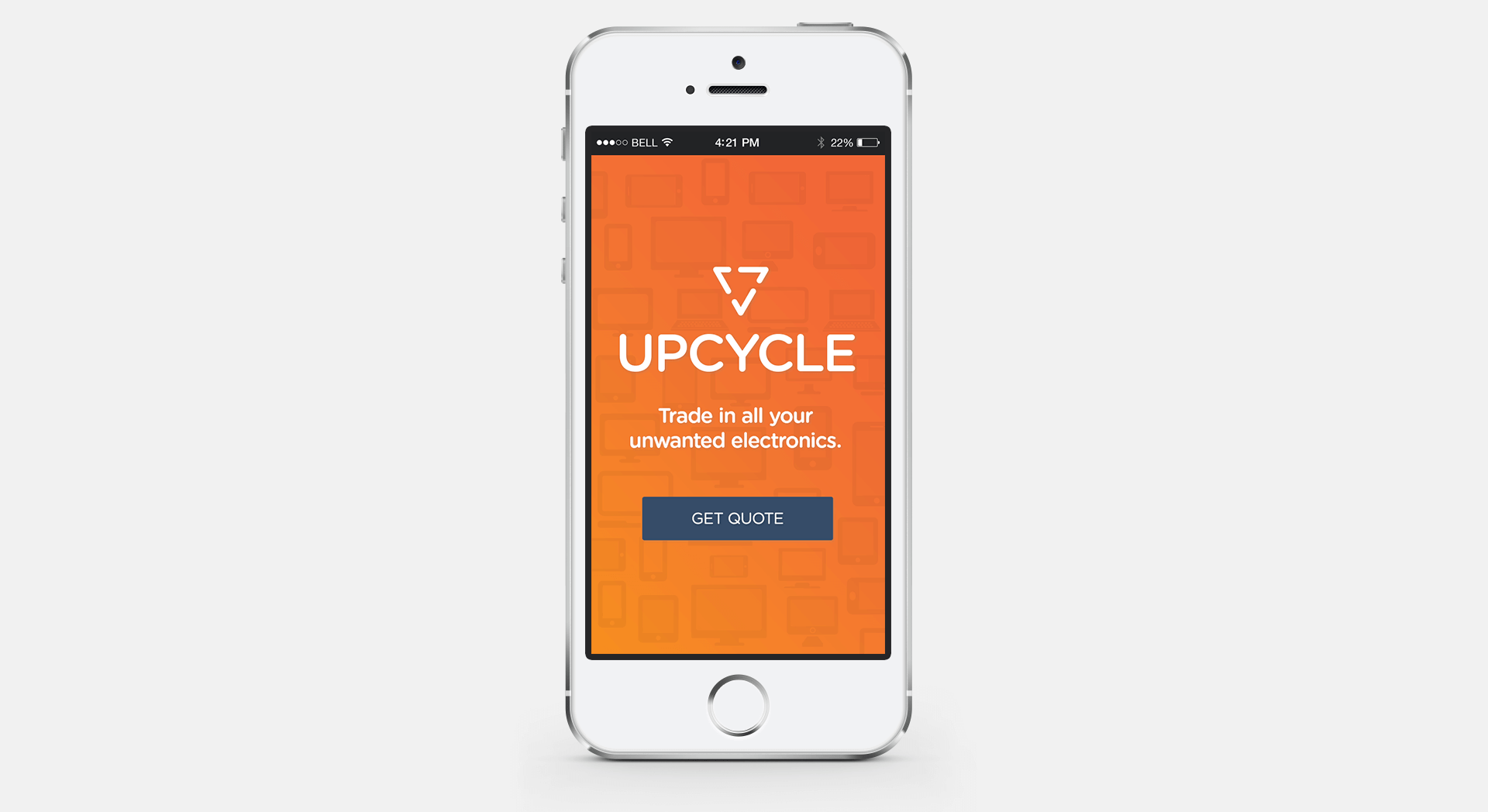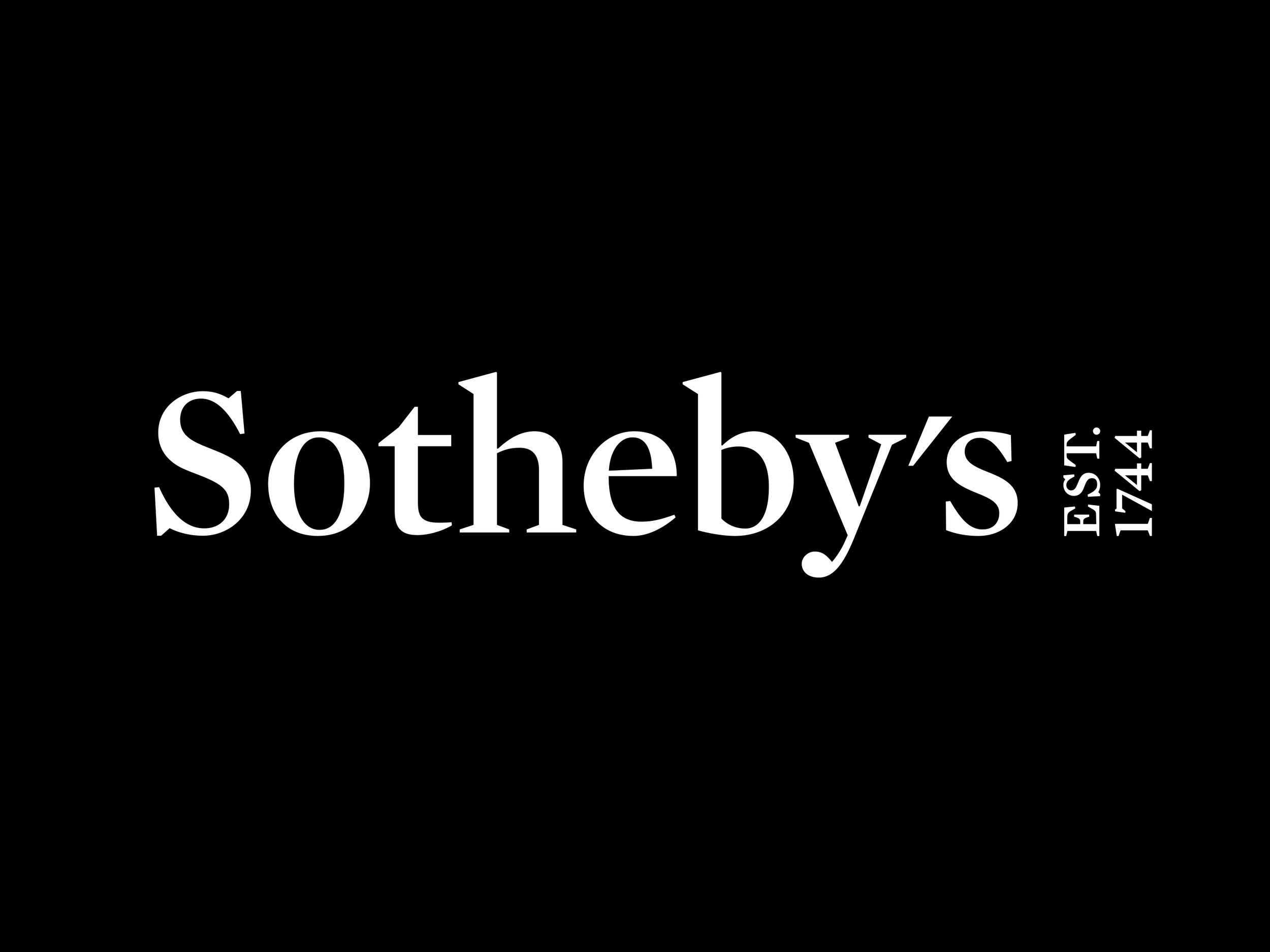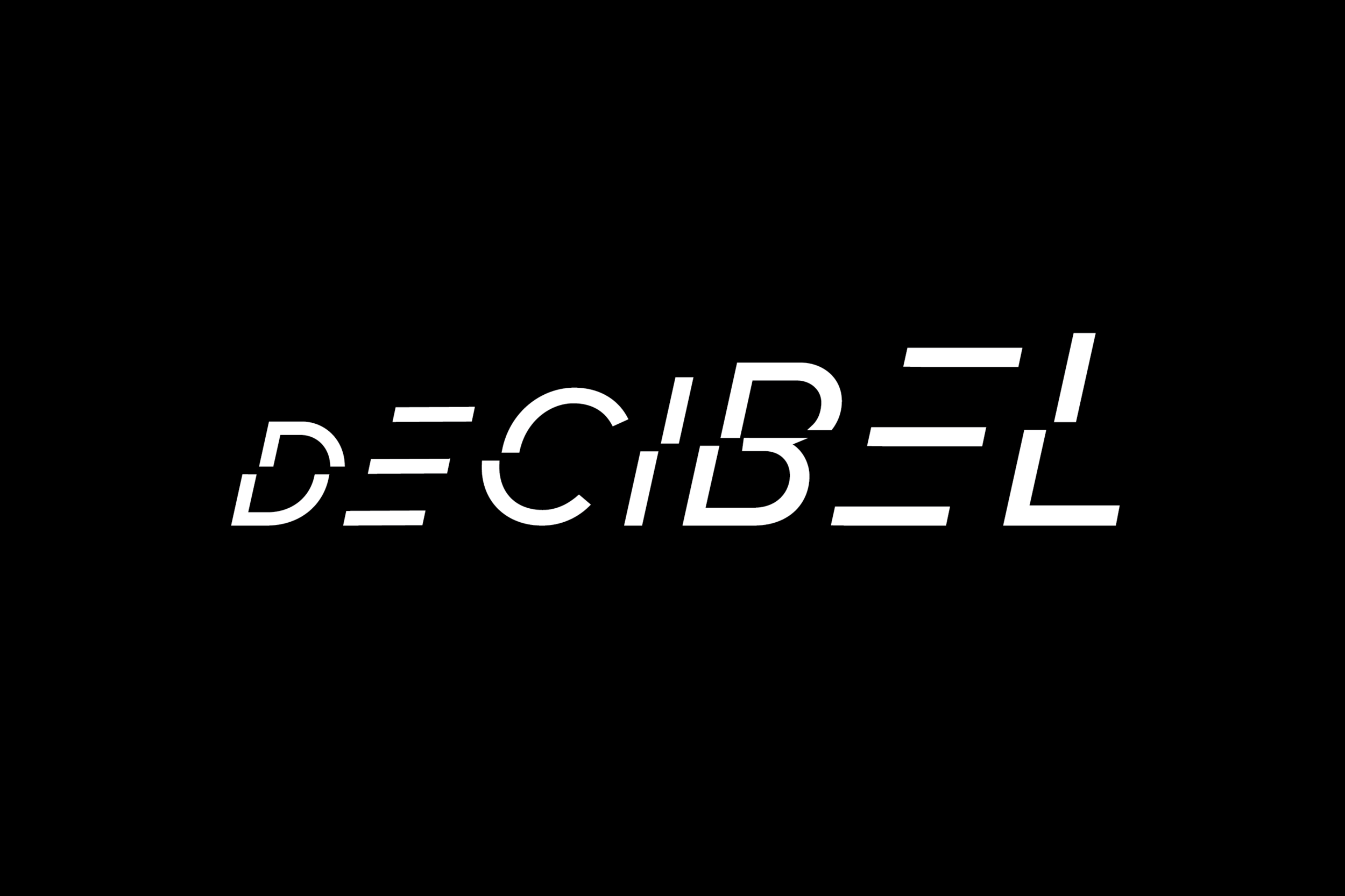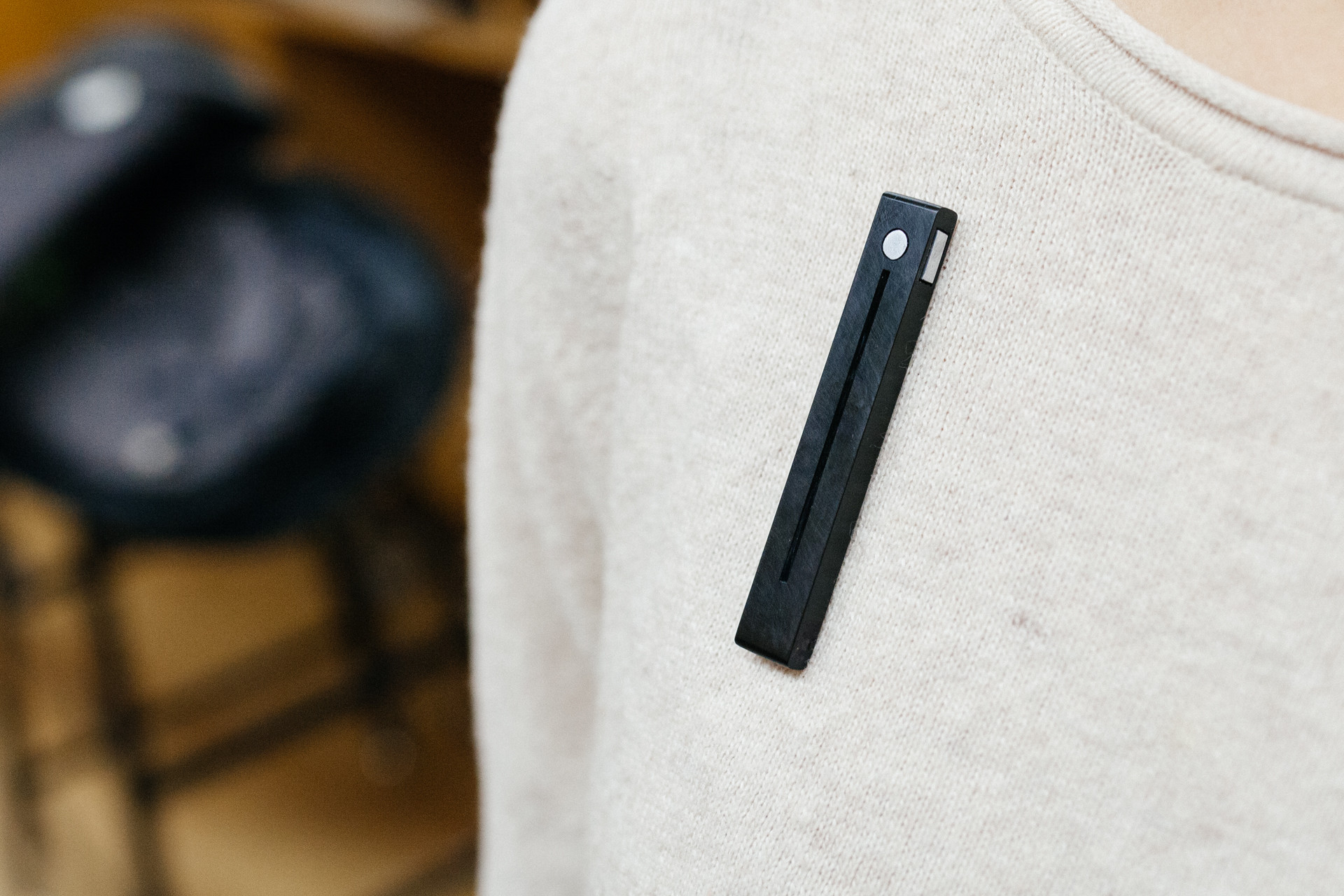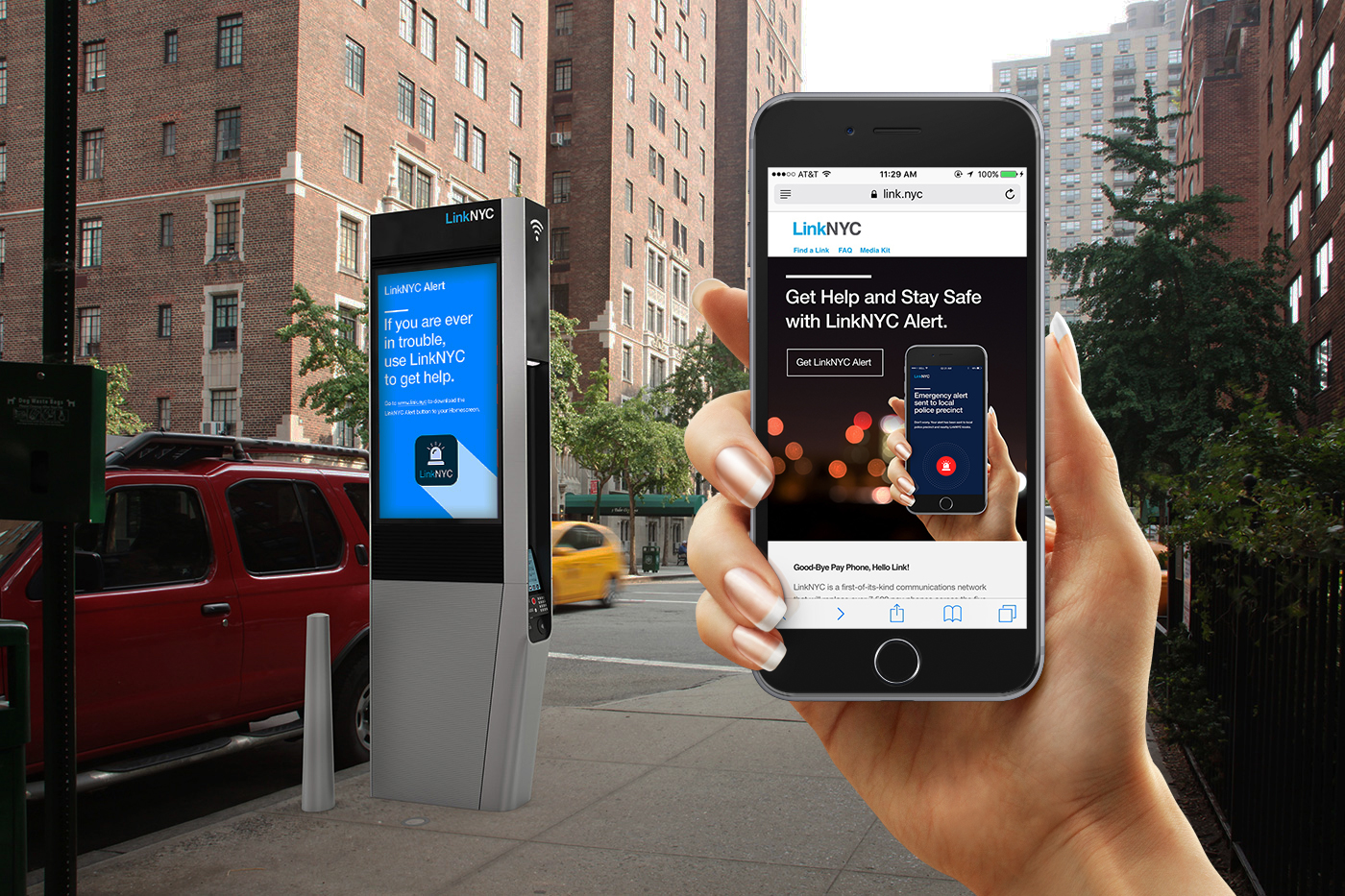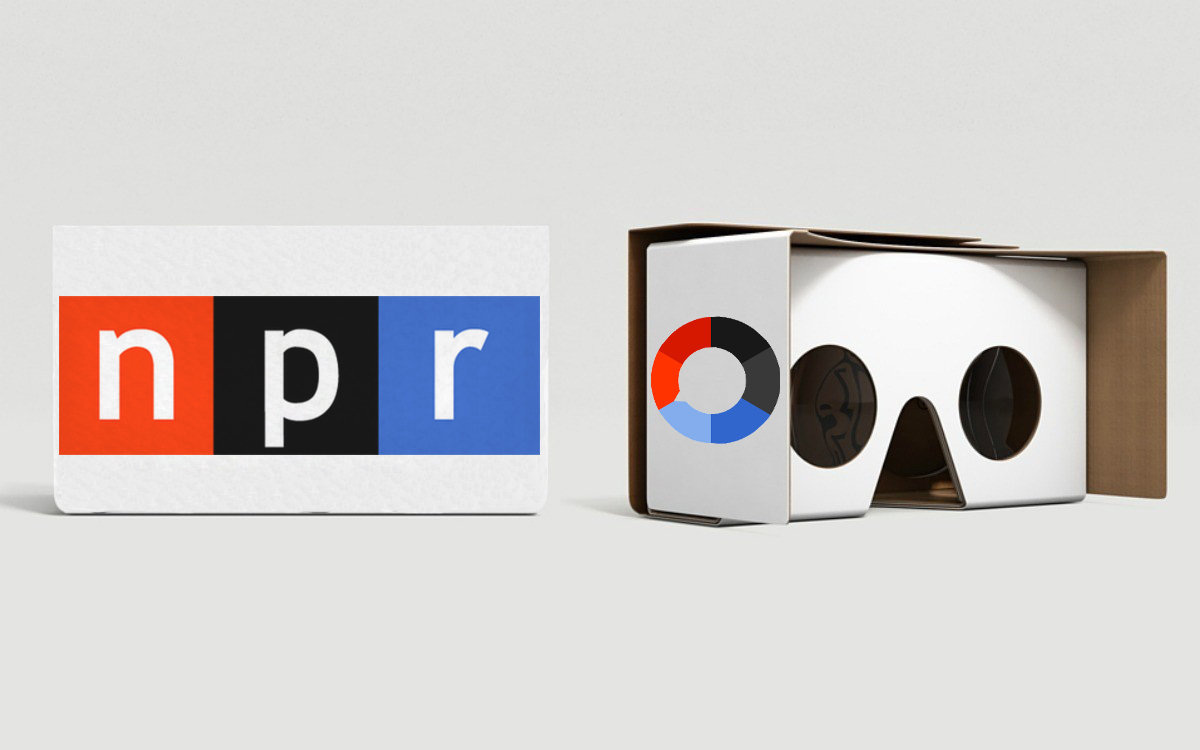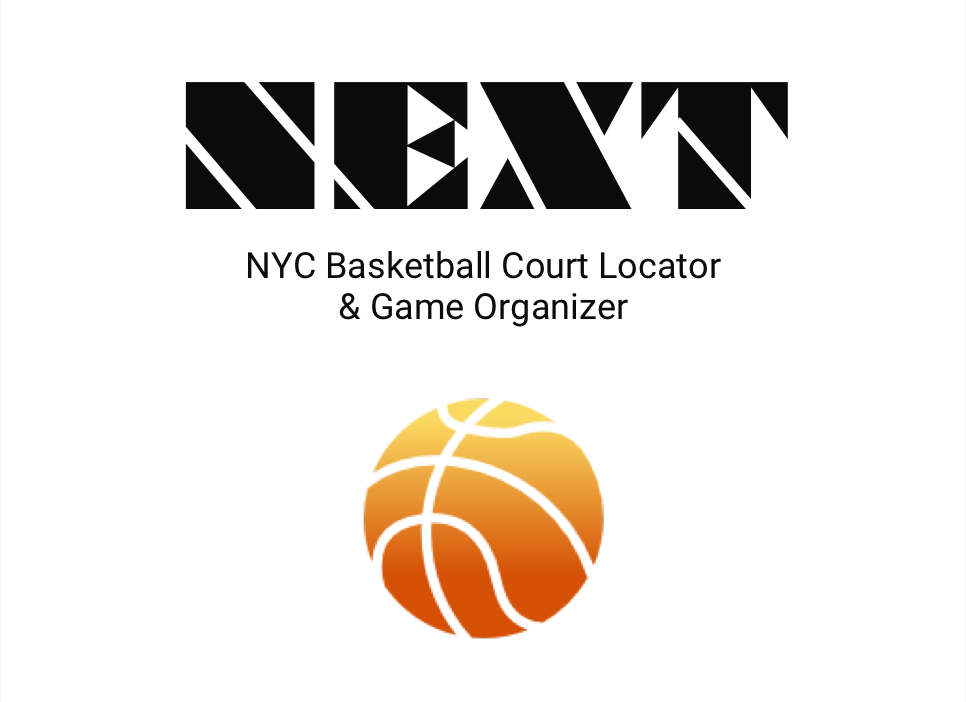Where do our unwanted electronics go when we get rid of them?
service design: Create an Innovative solution to real world problem
For our service design and strategic innovation project, we sought to tackle a growing but lesser known problem affecting people around the world: Electronic Waste. New technology is introduced more frequently than ever before putting added pressure on consumers to purchase new items, but many people don't know what to do with their "outdated" electronics. Unfortunately, most of our electronic waste gets shipped to developing countries where it is broken down in hazardous and unhealthy conditions to resell the precious and rare metals found inside these devices. From our research we designed a pick up service that is fast, free, convenient and highly accessible to the public. It meets people at their point of need and rewards recycling habits.
Scope: 10 weeks
Other team members: James Vanié, Ruth Tupe
My role: Conducted user interviews, extensive academic research, contributed to presentation decks. Produced and edited pitch video.
the problem:
Developed Countries
Information about properly recycling or disposing of unwanted electronics is not well understood among the general public. Many view their devices as disposable and don't know that they end up in largely illegal landfills around the world. Existing buy back services don't take back all electronics and doesn't provide any recourse.
Infographic by Column Five
Developing Countries
Since 2015, Fifty-one million tons of electronic devices are thrown away every year creating seventy percent of the world's toxic waste. The continued impact to local community environments and health where this waste ends up is devastating. Through unsafe extraction methods people are exposed to conditions that can cause cancer, reproductive disorders and brain damage.
Chilrden extracting metal from e-waste landfill in Agbogbloshie, Ghana.
The Process:
research methodology:
We took a multi-disciplinary approach to this global issue, consulting with professionals across multiple industries: Waste Management, Recycling, Customer Experience Design, Innovation Growth Strategy, and Environmental Sustainability.
User Interviews: During the early phases of the project, we tested our assumptions and learned that most of our target demographic (Tech savvy Adults in NYC, ages 21- 50) are unaware of where their discarded electronics go after they have been discarded. We also learned that most customers do not know where their discarded e-waste goes.
Literature Review: As needed, we referenced numerous studies to drive depth into the new concepts we were learning. Sources include: the University of the United Nations Institute for the Advanced Study of Sustainability and the University of Toronto.
Expert Interviews: To learn about city and state regulations around e-waste and the viability of NYC's existing sustainability programs, we coordinated meetings with with Industry experts. We gathered that, while city and private recyclers have established programs in NYC, there is still a tremendous disconnect in the relationship between the the everyday consumer and their discarded electronics.
Surveys: We used online surveys to gauge the public perception of e-waste, what types of services people would be willing to pay for, and price point assesment for our proposed service.
We started by mapping out the life span of electronics from production to landfill. We wanted to understand the incentives involved for all parties from the resource extractors to manufacturers to consumers, and ultimately to the people who put their health at risk working in these horrible conditions.
We hosted a workshop to explore how to change people's relationship with their electronics. We developed a service/app concept to allow people to have a pickup service to recycle unwanted electronics for when they move.
User Interview with David (top right), who had a broken iPhone. After showing us that he would try to get money for it on Gazelle, but wasn't offered more than $50, he decided it wasn't worth the effort to recycle his device.
We consulted with Electronic Recyclers International, one of the leading private recyclers in NYC. We learned successful business practices and how to identify the market opportunities.
We took an in depth look at the existing second hand device market landscape. From there, we developed qualitative metrics to audit the leading companies in the second hand device market.
Based on the multiple iterations we made on our research findings, we identified the key insights below and started to design based on the user's needs.
After synthesizing all the data from our interviews and key insights, the UpCycle team began organizing the conceptual solutions into use cases. After we iterated on our solutions, we began to design key features and touch points for our product and service.
the design: sprint 1
We decided to challenge ourselves and participate in Protohack–10 hours to build an MVP prototype and a 90 second pitch to a panel of judges. We competed against 40 other teams and finished in 4th place. We received positive feedback from the public to give us confidence that this idea had potential.
The key learnings for us was that customers were reluctant to pay for this service but felt it was a service they would use. This prompted us to find other ways to generate revenue to offset the cost of pickup. We referenced back to our research to try and identify how we develop a profitable business model.
strategy: The Partnership Model
When developing a sustainable businesses, it's important to establish mutually beneficial relationships. We referenced our eco-system map to find opportunities to modify our business proposal. We realized that Upcycle could intervene in the current eWaste stream by building a bridge between customers, manufacturers, and recyclers to close the loop, to prevent electronics from being thrown into landfills.
final design Principles
Free for Customers: Our business model consists of three different streams of revenue: recycling, advertising revenue on website, and the gift card trade-in program. Through this diversification, we are able to provide the pickup service, free of charge.
Convenient: While some companies offered a similar services, the customer's experience was not considered in their product. During our competitive analysis, we gathered the best design practices for a pick up service to build upon.
Meeting customers at their point of need: We are also bridging the gap between customer and recycling by meeting the customer anywhere in New York City. We are making e-waste recycling virtually accessible to everyone in NYC, all with the click of a button.
Rewarding Recycling: When customers use UpCycle to discard their e-waste, the gift card trade-in program offers rewards that promote continued behavior – the reward being a higher dollar amount for trade-in value with competitors that offer a monetary exchange only.
solution: Upcycle is a fast and convenient trade-in service for all of your unwanted electronics
last thoughts
This project went through many iterations over the course of our semester, but we kept testing each pivot with real people to ensure that our solution would solve their needs for better electronic recycling options, and keep more electronics out of landfills. Some of the key insights were:
I. Consumers lack understanding of electronic lifecycle
II. Money is greatest motivator to use recycling service
III. People don't know how to properly dispose of e-Waste; they keep it in a box or throw it in the garbage
IV. Value of personal time outweighs perceived value of device
From this research, we developed a deep understanding of contextual layers about people's behaviors and personal knowledge about e-waste and recycling. Not just a pick-up service, it also helps businesses reduce their manufacturing costs, serves people by giving them more value for their unwanted electronics, and helps preserve our environment by keeping more devices out of landfills and more resources in the ground.
Ultimately, we wanted people to view their unwanted electronics as the resources that they are.













